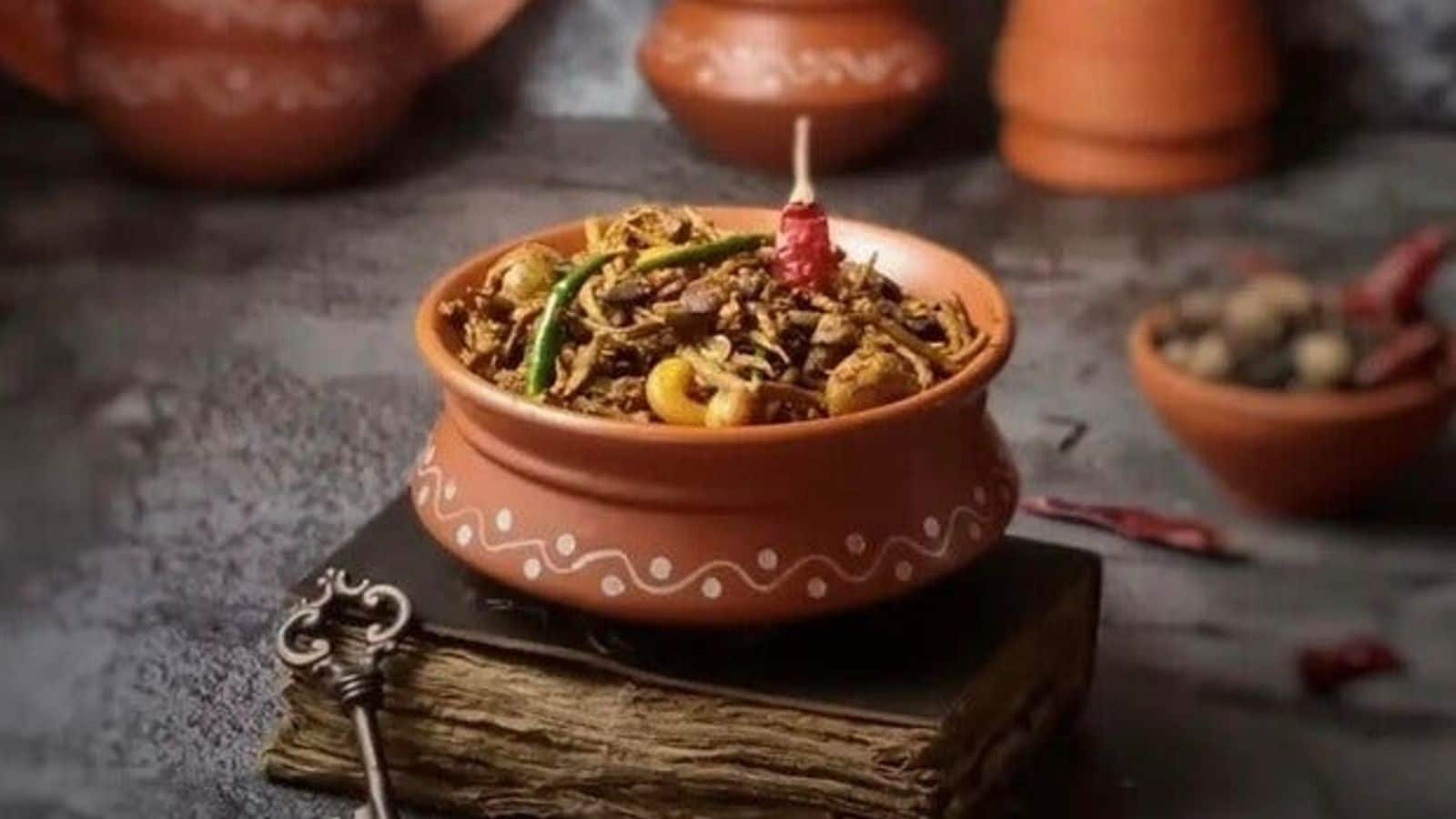
Rajasthan's popular desert veggies you need to try
What's the story
Rajasthan's arid climate has given rise to a unique culinary tradition, where the scarcity of water and fresh green vegetables has shaped its food culture. The desert veggies of this region are not only resilient but also packed with flavors that reflect the vibrant Rajasthani spirit. Let's explore five essential vegetables that form the backbone of Rajasthani cuisine.
Ingredient 1
The hardy ker sangri
Ker sangri combines ker berries and sangri beans, both dried for year-round use. This mix is the base of ker sangri ki sabzi, a traditional dish. Rich in nutrients, these ingredients withstand long storage, cooked with spices to create a tangy, spicy side dish. It pairs beautifully with bajra roti, showcasing Rajasthani cuisine's resilience and flavor.
Ingredient 2
Versatile kachri
Kachri is a small, wild variety of cucumber that grows in the desert areas and adds a sour kick to Rajasthani dishes. When fresh, it's often used as a meat tenderizer due to its enzymatic properties. Dried kachri powder is sprinkled over curries and kebabs for an extra zing or mixed into chutneys for an acidic punch.
Ingredient 3
Nutritious gunda
Gunda or lasoda is often referred to as Indian cherry or gum berry. It's commonly pickled to preserve its shelf life in the hot desert climate. Gunda is rich in vitamin C and adds crunchiness to any dish it accompanies. Its sticky texture when cut open makes it unique but requires skillful preparation before being cooked into savory curries.
Ingredient 4
Flavorful gwarpatha
Gwarpatha, better known as aloe vera, is not limited to skincare but is a vital component of Rajasthani cuisine. This plant is peeled and sliced before being cooked with a variety of spices to create gwarpatha ki sabzi. Beyond its refreshing taste, gwarpatha offers numerous health benefits, including aiding digestion and providing anti-inflammatory properties, making it a cherished ingredient.
Ingredient 5
Sweet-and-sour kair
The tiny, round kair fruit, thriving on bushes in the vast deserts of Rajasthan, is a staple in local cuisine. Predominantly pickled or incorporated into sweet-and-sour dishes such as kair ki sabzi, its tangy essence beautifully balances the sweetness introduced by jaggery or sugar in numerous recipes. Beyond its culinary appeal, kair is a powerhouse of antioxidants, offering significant health benefits.